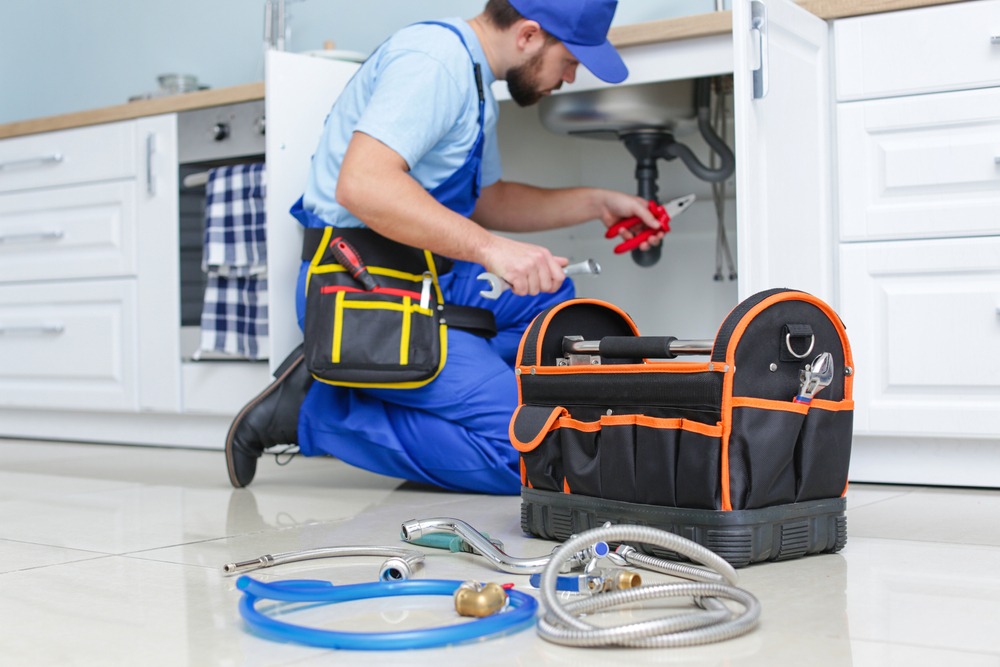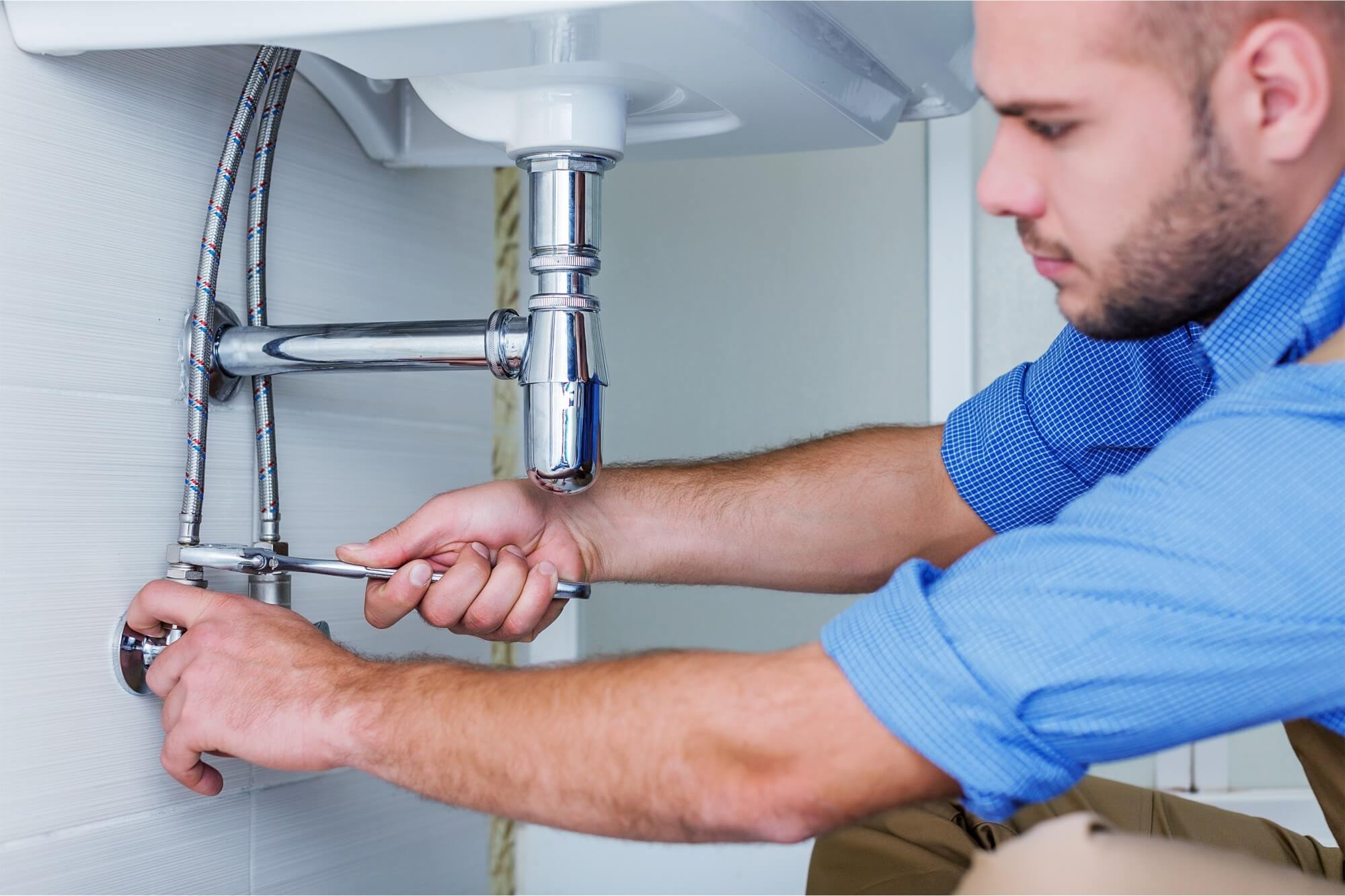Relied On Plumbing Services Alabaster AL for All Your Repair works
Relied On Plumbing Services Alabaster AL for All Your Repair works
Blog Article
A Detailed Overview to Reliable Hot Water Heater Installation for Optimal Efficiency
Starting the task of installing a water heater is a venture that requires accuracy and a systematic technique for attaining optimum performance. The procedure starts with the essential choice of selecting the suitable heating system tailored to the details requirements of your home, considering variables such as size, power, and type resource. When picked, preparing the installment location to satisfy safety criteria is critical. The journey does not end below. As you proceed, the intricacies of attaching water lines and establishing reputable electric or gas connections wait for, promising understandings into making certain performance and reliability.
Choosing the Right Water Heating System

Following, take into consideration the dimension and capability of the water heating unit. It's vital to examine your home's warm water demands, which can vary based upon the number of owners and their usage patterns. A system that's too little may bring about insufficient warm water, while a large version may cause unneeded energy usage.
Performance scores likewise play a critical function in option. Look for water heating systems with high Energy Element (EF) rankings, showing premium performance and minimized energy use. Tankless models, though usually a lot more costly in advance, deal considerable energy cost savings in time due to their on-demand heating capacities.
Preparing the Installment Location
Before mounting a brand-new water heating unit, precise prep work of the installment location is vital. It's important to determine the area thoroughly to fit the water heating unit's measurements, making sure sufficient clearance around the system for reliable operation and maintenance.
Next, remove any type of debris, dirt, or blockages from the site to develop a tidy atmosphere. Check the flooring for stability, as the hot water heater will certainly need a solid, degree surface to operate effectively. If required, set up a drip pan underneath the device to catch possible leaks or spills, stopping water damage to the surrounding location. In regions susceptible to seismic task, consider setting up seismic bands to safeguard the heater firmly in location.
Furthermore, make sure that all essential devices and products are on hand prior to commencing the installation. This includes products such as wrenches, screwdrivers, a level, and any kind of additional equipment required for safeguarding the heating system and installing. A well-prepared installation area sets the foundation for an effective water heater setup, optimizing efficiency and safety and security.
Connecting Water Lines
When connecting supply of water lines to your freshly installed water heating system, it is crucial to make sure that all connections are protected and leak-free to preserve efficient Get the facts procedure and avoid water damage. Begin by determining the hot and cool water system lines. The cold water inlet is typically noted with a blue label or a "C", while the warm water outlet is noted with a red tag or an "H".
Use versatile water heating system connectors to promote a simpler installation procedure. Prior to attaching the adapters, put a plumber's tape around the threaded ends of the water heating system's inlet and outlet pipes.
When connections are in location, gradually switch on the major water supply valve. Inspect each connection for leaks by visually checking and feeling for moisture. Tighten connections as required, and guarantee the pressure safety valve is correctly installed, safeguarding against excessive pressure build-up.
Establishing Electric or Gas Connections
Effectively establishing up the electrical or gas links for your water heater is a vital action to make sure risk-free and effective procedure. For electric water heaters, start by confirming that the electric circuit is compatible with the heater's voltage and amperage requirements.
For gas water heaters, safety is paramount. Verify that the gas supply is off before proceeding. Link the gas line to the water heating unit using a versatile gas connector, guaranteeing it is correctly threaded and secured with pipeline joint compound or Teflon tape appropriate for gas connections. Tighten the links with a wrench, taking treatment not to over-tighten (Plumbing Alabaster AL).
When links are made, inspect for any prospective leakages. For gas lines, apply a soapy water service to the joints; bubbles suggest a leakage. For electric connections, confirm that all circuitry is safe and secure and correctly shielded, keeping conformity with local electrical codes.
Checking and Readjusting for Efficiency
With the electrical and gas links safely in area, the following action is evaluating the operational effectiveness of your hot water heater. Begin by carefully activating the water system and making certain there are no leakages at any one of the shutoffs or joints. As soon as verified, continue to fill the tank, taking note of the stress and temperature level setups. It is advisable to set the thermostat to a recommended temperature of around 120 ° F(49 ° Get More Info C) to balance power performance and convenience.
Next, do a comprehensive evaluation to make certain the home heating components or burner are working properly. For electric heaters, utilize a multimeter to validate if the components are attracting the proper current. In gas models, observe the heater fire; it must be blue and consistent, suggesting efficient burning.
Change the settings as necessary to eliminate inefficiencies. Consider applying insulation procedures, such as including a water heating unit blanket, to further boost efficiency by decreasing warm loss. In addition, inspect the anode rod's condition, as a scrubby pole can reduce performance and cause storage tank corrosion.
Verdict
Effective water heater setup is essential for making certain optimal efficiency and energy cost savings. Firmly connecting water supply lines and meticulously setting up electrical or gas connections reduce prospective concerns.

Appropriately setting up the electrical or gas connections for your water heating unit is an essential step to make sure risk-free and reliable procedure. For electrical water heating systems, start by validating that the electric circuit is suitable with the heating unit's voltage and amperage demands. Link useful content the gas line to the water heating unit utilizing a versatile gas port, ensuring it is correctly threaded and sealed with pipe joint substance or Teflon tape suitable for gas links.
Report this page